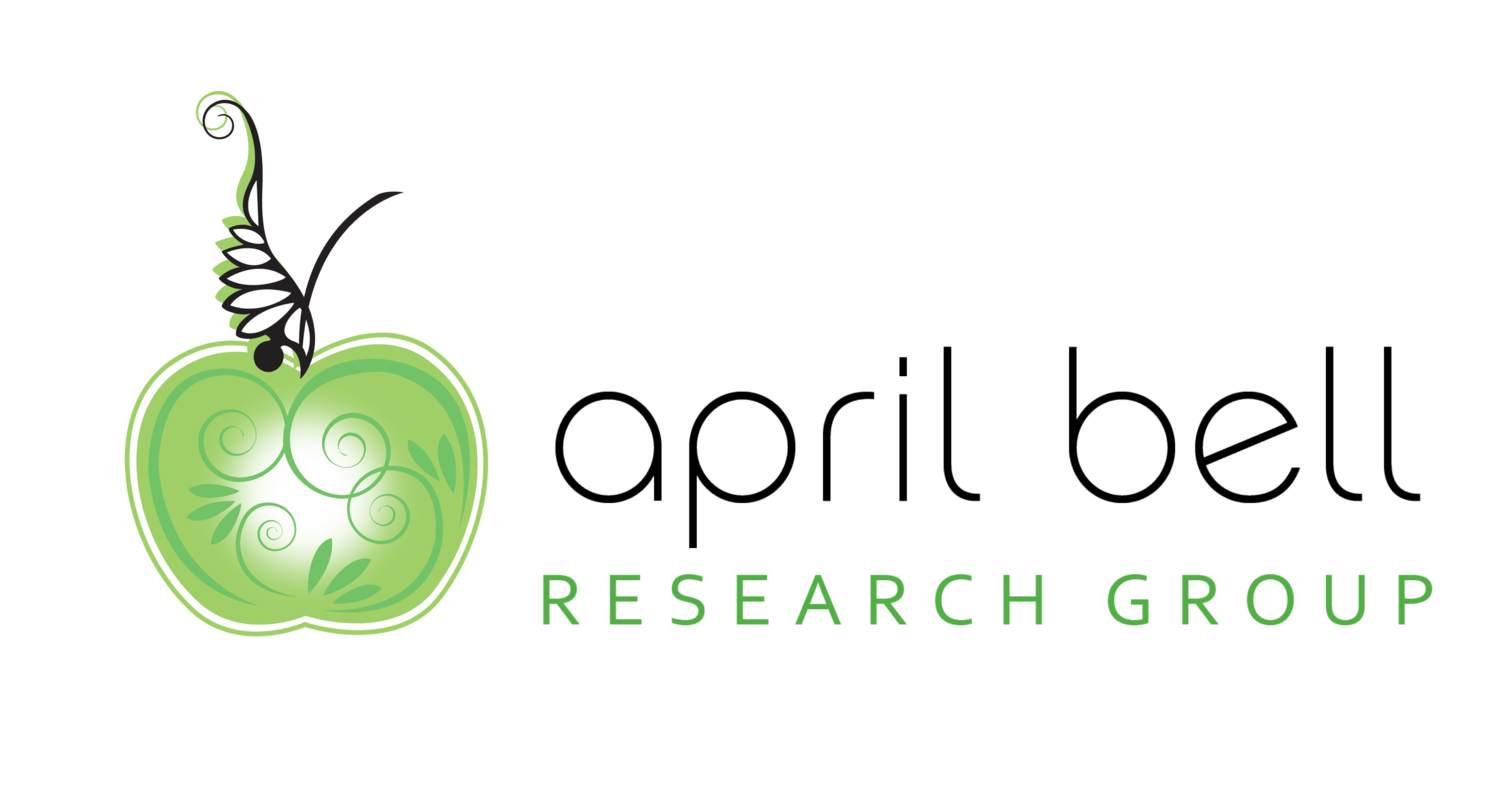Let’s face it, “Analytics” is a confusing term. Whenever I try to tell people what I do, they get confused. To simplify this, I like to use the analogy of cutting a trail through the wilderness. “Analytics”, after all, is more about the questions you ask than the data itself. So, let’s talk about what works
Every wilderness adventure needs a good guide, and that's exactly what an analytics partner is: a translator and guide. One who seeks to understand what the nature of the business problem is first, before jumping to what the technical solution could be.
A good partner is one that sits in the middle ground of business and technology. They get and understand technology, and can develop solutions themselves if the tools are put in front of them. However, they approach problems, not by telling other people what to do, but instead, listening to the problem to help create the most effective approach.
There are all kinds of "analytics" techniques, and they all involve navigating a new path with data. It’s easy to get lost in the different definitions to gather, organize, and analyze data because the methods are vast: from machine learning, statistical analysis, data transformation, to data visualization. Analytics is a blanket term that includes all these things; so, when people ask me “what is analytics”, they often cite one of these ways and say, “is that what you mean?”
Yes, but not really.
Effective questions
An “analytics partner” is not someone you hire just for their technical expertise. The ability to do the job with precision and accuracy is a baseline expectation. You hire them because of the way they pose effective questions, which save you from going down the wrong trails.
Many times, consultants will suggest that you build a freeway through your data wilderness, or put an expensive solution in place that doesn’t really play well with your environment or culture. You don’t want to build a house in a location that doesn’t make sense.
Rapid approach
“Design Thinking” is a term that better describes good analytics than does much of the analytics terminology because the active verbs in the process are similar: “Empathize”, “Ideate” and “Prototype”. Whereas analytics speaks in more conceptual techniques which sound complicated and mysterious...confusing. In an attempt to sound impressive, it alienates non-experts from understanding it.
For example, in the Design Thinking process, "Ideation" and "Prototyping" are key steps to help create a workable solution quickly. The first idea is rarely the best one, so by testing and re-building it a few times, it's more likely to produce results that move an organization forward. This is different than the traditional IT approach to solutioning, where precise “requirements” are needed first to build a more static solution. This is often at the heart of why solutions take so long to build but often miss the mark of what’s really needed.
Travel light
Analytics partners are hired because business owners don’t have the resources on their team, or their team is fully committed on other things. The last thing they want is to have a partner come in and require their folks work 25% harder. They need a partner who has the experience to understand the right upfront questions – what are you trying to accomplish? Where is your data? What is the quality of your data? – and then is gone. Not burdening at every step or bogging down because things aren’t clearly defined.
When all this comes together, the experience with an analytics partner can be transformative. More than just a technical solution provider, because they serve as a translator and guide to carve a beautiful, new path through the data wilderness for you. They don’t seek to tame the forest or build a highway through it, because the right next solution may not be in the part of the forest you think.
















